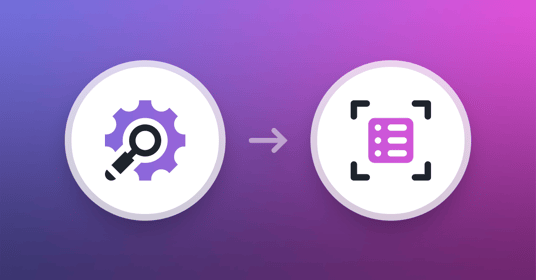Get a Free Trial
Creating, executing, and maintaining reliable tests has never been easier.
Quality engineering is a discipline that gives software organizations a framework for improving quality and software testing to support DevOps adoption. Rather than siloed software testing in the final stages of development, quality engineering aims to integrate functional and non-functional testing throughout the software development lifecycle to help companies build quality products that improve customer satisfaction and retention. As testing becomes an integral part of delivery pipelines, test coverage shifts from a measure of how much of the code or feature set is being tested to how much of the user experience is being tested.
Strategies to Improve Test Coverage
As software teams adopt quality engineering, they need better ways to measure and share test coverage improvements. The first step: building a comprehensive understanding of test coverage as it stands now. With the right test automation platform, quality assurance professions have the tools to expand test coverage to fit the needs of digital-first consumers and DevOps adoption.
Integrate Test Automation Platforms with Customer Data Platforms
Like chips and dip, data and testing are better together. When considering how to better connect test coverage to the customer experience, quality engineering teams should determine if they can leverage their company’s customer data platform to identify testing gaps.
Customer data platforms allow companies to centralize the information they have on their users, unlocking new levels of customization for better digital experiences. Integrating automated testing solutions with customer data platforms like Segment ensures that test coverage not only remains high, it remains accurate. Modern test automation solutions capitalize on the data offered by CDPs to flag popular, but untested, pages to quality teams and developers. This enables quality engineering teams to determine if test coverage reflects application quality as customers see it, making software testing more efficient and higher impact.
Expand End-to-End Testing with Automated API Testing
Adopting automated API testing has emerged as one of the top priorities for quality engineering teams in 2023. There are a few reasons for this. For one, APIs have quickly become a pillar of software development as more organizations lean on APIs to accelerate digital transformation and build out new features. Second, APIs are playing a growing role in the customer experience. If software testing strategies don’t cover APIs, quality engineering teams risk introducing critical gaps in their test coverage.
But API testing has historically been difficult to scale since manual testing can’t fully cover APIs and most automated testing frameworks are limited to testers with a high degree of coding knowledge. Low-code API testing breaks down these barriers by making it possible for quality engineering teams to augment test coverage by integrating API testing into automated end-to-end tests. Integrated API tests enable teams to improve test coverage by checking public APIs that are accessed by their customers, ensuring that end-to-end testing more fully reflects the user experience and adapts to developer practices. Not only do end-to-end tests with integrated API test steps run faster than standard E2E tests, they only produce more comprehensive results that make it easier to improve product quality.
Adopt Non-Functional Automated Testing
In quality engineering, test coverage doesn’t just measure how much of the product is being tested, but how well testing reflects the user experience. This means harnessing the unique skill set of quality engineers to turn empathy for the end user into a testing strategy that supports customer retention. Integrating non-functional testing into development cycles is an essential next step in the evolution of test coverage.
Non-functional testing is any type of software testing that checks any non-functional aspects of the product, such as performance, accessibility, and usability. Notice that these functionalities are typically tested by teams outside the QA team and even outside the software development organization altogether, creating a risk that test coverage doesn’t reflect these important aspects of the user experience. Accessibility testing, for example, is essential for the billion people around the world living with some form of disability. Incorporating automated accessibility checks into existing end-to-end tests is a low-effort, high-impact way to make a product work for a wider range of users. With just a few clicks, quality engineers can add value to test coverage and improve the customer experience for a vast number of users.
Test Coverage As the Foundation for Transformation
Evolving test coverage to match the demands of digital transformation and exceed customer expectations ensures that the entire company sees the value of software testing. In a time where CIOs are looking to invest in the customer experience and DevOps is being measured by overall business performance, quality engineers are poised to deliver even more value to their companies. Evolving test coverage to match the customer experience is a small, but important, shift that elevates software testing to a pillar of digital transformation.
See how automated testing designed for the new definition of test coverage can transform software testing. Join a 2 week free trial of mabl’s test automation platform to start adding low-code API testing, automated accessibility testing, and more to your quality engineering practice.






